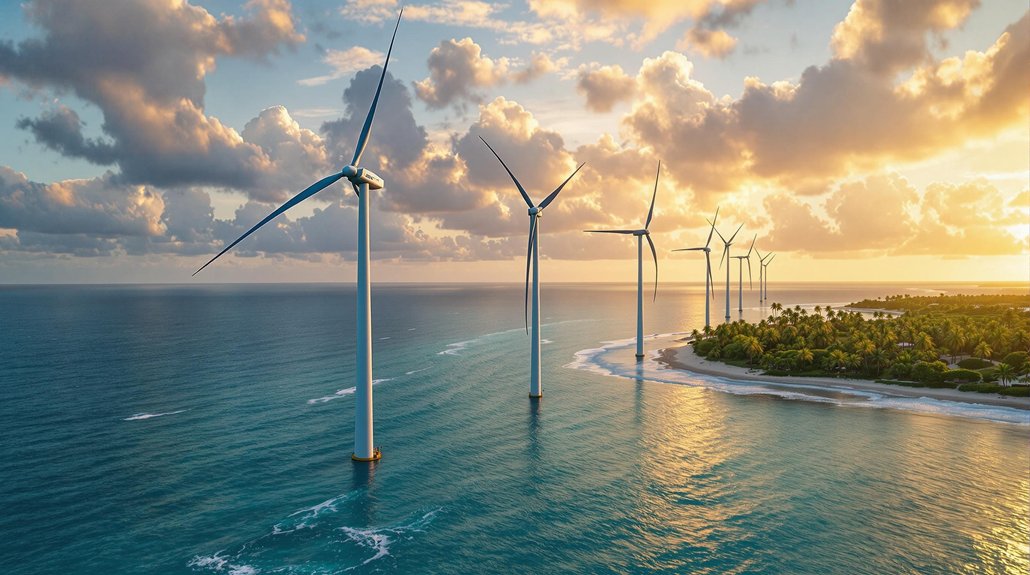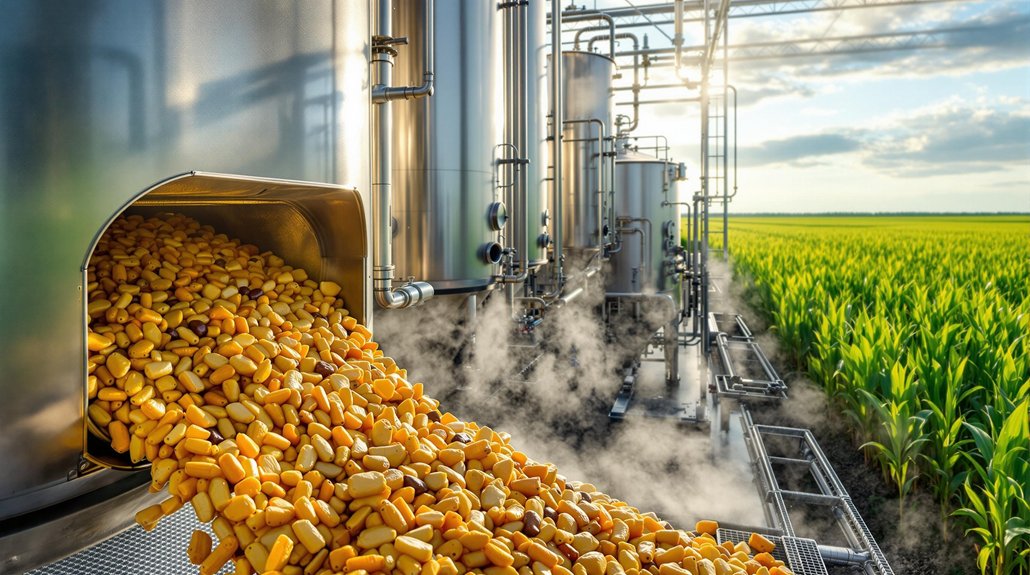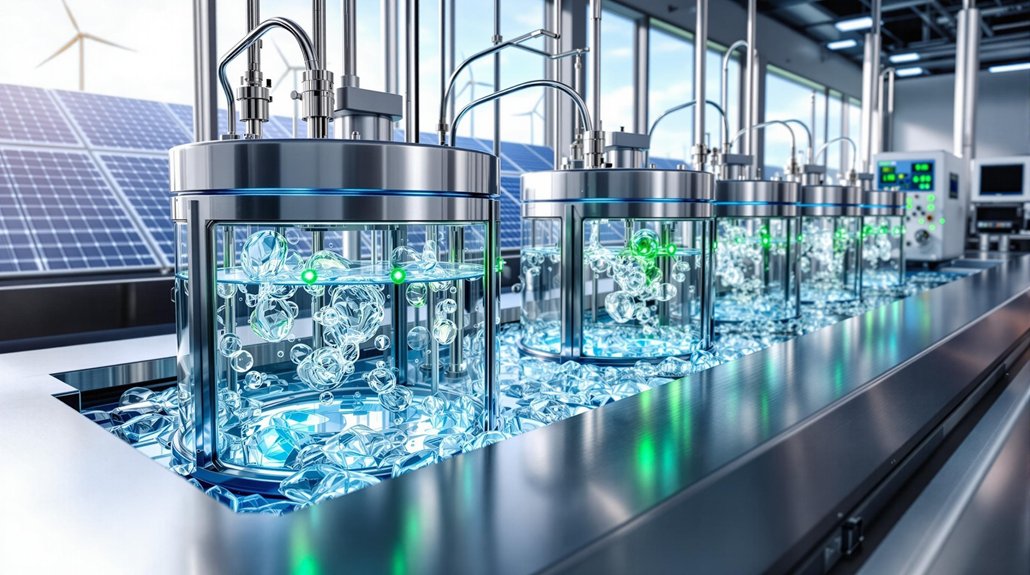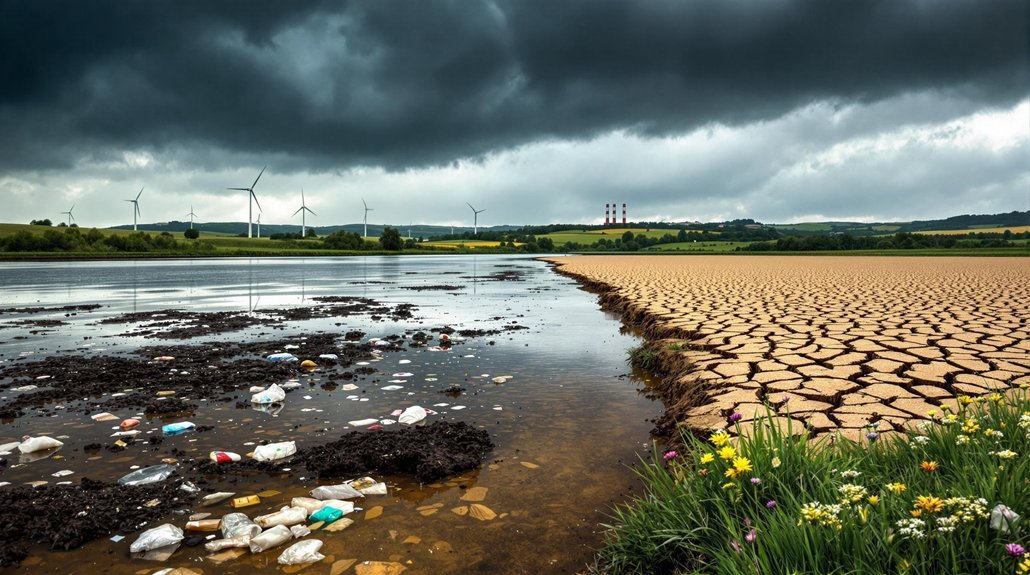Reducing CO2 brings multiple benefits to our world. It slows global warming, prevents rising sea levels, and stabilizes weather patterns. People experience fewer health problems like asthma and heart disease when air quality improves. The economy gains new jobs in clean energy sectors while communities save money on disaster repairs. Energy systems become more reliable with diverse renewable sources. These advantages create a sustainable planet where both people and nature can thrive together.
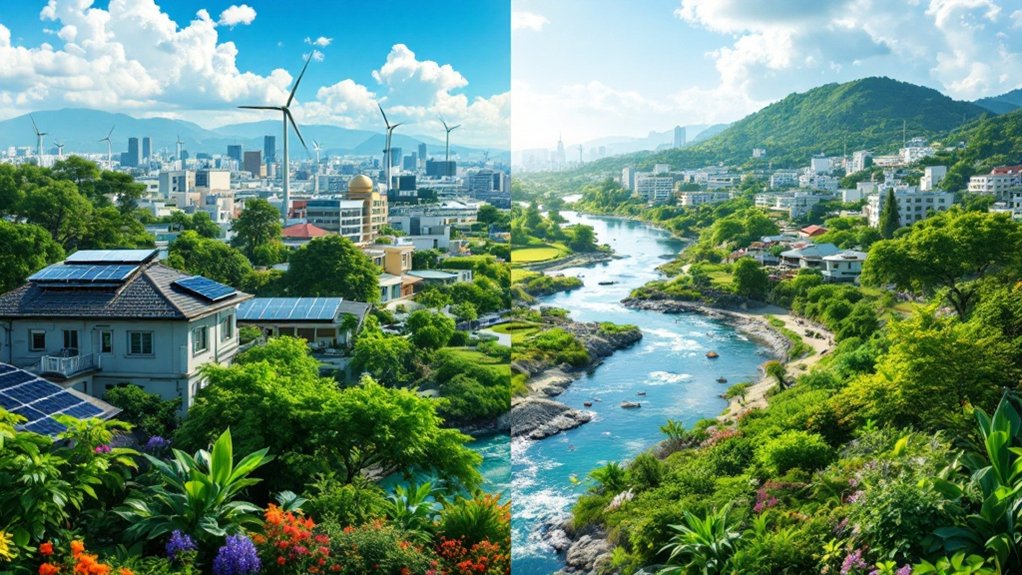
As scientists continue to study climate change, the benefits of reducing carbon dioxide emissions become increasingly clear. When we cut CO2, we slow global warming and limit the harmful effects of climate change. This helps prevent rising sea levels and reduces the acid levels in our oceans that harm marine life. Plants, animals, and entire ecosystems also benefit when we control carbon emissions.
Lower CO2 levels mean cleaner air for everyone to breathe. People suffer fewer breathing problems like asthma when air pollution decreases. Heart disease rates drop too. Communities see fewer heat-related deaths during summer months. Reduced emissions significantly decrease premature death rates in previously polluted regions. Overall, healthcare costs go down when we don’t have to treat as many pollution-related illnesses.
Cleaner air means fewer asthma attacks, less heart disease, and reduced healthcare costs for everyone.
The economy gains from CO2 reduction efforts. New jobs appear in solar, wind, and other clean energy fields. Cities and towns spend less money repairing damage from extreme weather events like hurricanes and floods. Energy-efficient buildings and vehicles save money on fuel and electricity. Farmers can grow more food when weather patterns remain stable and predictable. Without improvements in energy efficiency since 2000, global emissions would have been nearly 4 Gt CO₂-eq higher in 2017.
Life improves in many ways when carbon emissions drop. Urban areas become more pleasant places to live with less smog and cleaner air. Clean water becomes more available as weather patterns stabilize. Fewer people have to leave their homes due to drought, flooding, or extreme heat. Important cultural sites face less threat from rising seas and harsh weather. Moving toward renewable energy sources helps create a more sustainable world where resources naturally replenish rather than deplete.
Nations that reduce CO2 gain more energy security. They don’t need to import as much oil and gas from other countries. Their energy systems become more reliable with diverse power sources. Energy prices stay more stable over time. Even remote areas can access electricity through local renewable energy.
CO2 reduction helps guarantee that future generations inherit a healthy planet. It protects soil quality for growing food and maintains the pollinators needed for crops. Cities can develop in sustainable ways that preserve natural resources while meeting human needs. The economy can grow while respecting environmental limits.
Frequently Asked Questions
What Are the Main Sources of CO2 Emissions Worldwide?
The main sources of CO2 emissions worldwide include energy and electricity production (25% of global emissions), with coal-fired plants being the largest contributors.
Transportation accounts for 14%, primarily from road vehicles.
Industry contributes 21%, with steel and cement production leading.
Agriculture, forestry, and land use represent 24%, where deforestation and livestock farming play major roles.
Natural gas power plants and shipping also add significant emissions.
How Quickly Can We Expect to See Environmental Improvements After Reducing CO2?
Environmental improvements from CO2 reductions happen at different speeds. Air quality gets better within days to weeks.
Plant growth improves in 1-2 growing seasons. Water quality in lakes improves in 2-5 years.
Climate changes take longer: temperature rise slows within 10-20 years, while sea level rise takes 30-50 years to stabilize.
Full climate system recovery could take 100-200 years. The ozone layer may fully recover by 2060-2080.
How Do Carbon Offset Programs Actually Work?
Carbon offset programs allow people and businesses to balance their carbon emissions. They work by funding projects that reduce CO2 elsewhere.
When someone buys carbon credits, they’re paying for activities like planting trees, building wind farms, or capturing methane from landfills. Each credit equals one ton of CO2 reduced.
Third-party organizations verify these projects to confirm they’re making real climate impacts.
What Economic Costs Are Associated With CO2 Reduction Initiatives?
CO2 reduction initiatives come with significant economic costs.
Carbon taxes of $50 per ton can reduce GDP by 0.5-1.2% by 2030 and slow annual growth by about 0.1%.
The energy shift requires massive investments—around $18 trillion for low-carbon power and transport by 2050.
Lower-income households often bear a heavier burden, as they spend a larger portion of their income on energy.
Can Individual Actions Make a Meaningful Difference in CO2 Reduction?
Individual actions can make a meaningful difference in CO2 reduction.
While personal choices like having fewer children (58.6 tonnes CO2/year saved) and living car-free (2.4 tonnes) create significant impact, they can’t solve the climate crisis alone.
Research shows individual actions could address 25-30% of needed emissions cuts. The remaining 70-75% depends on business and government action.
Many people mistakenly prioritize low-impact actions like recycling over more effective choices.

